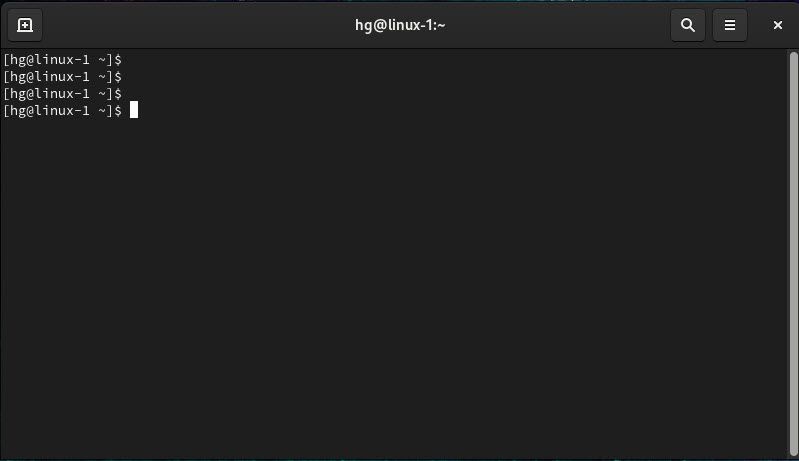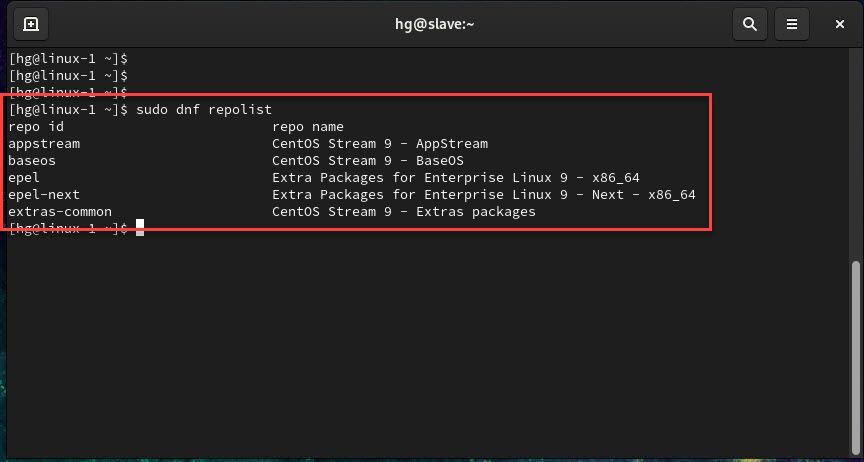In this article, we will learn How to Install the EPEL Repository on CentOS, CentOS Stream, RockyLinux, AlmaLinux, and RHEL
In addition to the default package sources, installing additional repositories can be an effective way to expand the capabilities of your Linux operating system. Among the popular repositories, the EPEL (Extra Packages for Enterprise Linux) Repository has become a vital resource for CentOS, CentOS Stream, RockyLinux, AlmaLinux, and RHEL.
The EPEL Repository provides a range of supplementary software packages that are packaged and maintained by the community, offering users the necessary tools and applications to enhance system performance and flexibility. However, many new users may encounter difficulties when installing the EPEL Repository on these Linux distributions.
Let’s embark on our journey to discover how to install the EPEL Repository on these distributions and leverage the benefits it brings.
Read more
- Samba – Part 3 – Set Up Samba with Separate Read/Write Access for Each User
- Samba – Part 2 – Share a Folder with Read and Write Access in LAN
- Samba – Part 1 – Install Samba Server on Linux Ubuntu | Debian
- How to Install Windows Server 2025 on Hyper-V (Step-by-Step Tutorial)
- How to Install Android on Hyper-V using BlissOS on Windows
Prerequisites
- Operating system:
- CentOS 7/8
- CentOS Stream 8/9
- RockyLinux 8/9
- AlmaLinux 8/9
- RHEL 7/8/9
- User Privileges: root or non-root user with sudo privileges.
Step 1 – Open Terminal
On the desktop screen, open a terminal window ( Ctrl + Alt + T ) or connect to the server remotely via SSH

Step 2 – Install EPEL Repository
On CentOS 7
Run the following command to install the epel-release package on CentOS 7
sudo yum install epel-release -y
On CentOS 8 | CentOS Stream 8/9 | RockyLinux 8/9 | AlmaLinux 8/9
Run the following command to install the epel-release package on CentOS 8/CentOS Stream 8/9
sudo dnf install epel-release -y
Note: From CentOS 8 and CentOS 9 have transitioned from yum to dnf as the default package management tool
On RHEL 7/8/9
Run the following command to install the epel-release package on RHEL 7/8/9
RHEL 7
sudo yum install https://dl.fedoraproject.org/pub/epel/epel-release-latest-7.noarch.rpm -y
RHEL 8
sudo dnf install https://dl.fedoraproject.org/pub/epel/epel-release-latest-8.noarch.rpm -y
RHEL 9
sudo dnf install https://dl.fedoraproject.org/pub/epel/epel-release-latest-9.noarch.rpm -y
Step 3 – Verify Successful Installation
After the installation is complete, you can verify if the EPEL Repository has been successfully installed by running the following command:
sudo dnf repolist
If the EPEL Repository appears in the list of repositories, it means that you have successfully installed it.

Conclusion
With the above steps, you have successfully installed the EPEL Repository on CentOS, CentOS Stream, RHEL, RockyLinux, and AlmaLinux. You can now utilize the tools and applications from the EPEL Repository to enhance the capabilities of your Linux system
Thank you for reading !!!